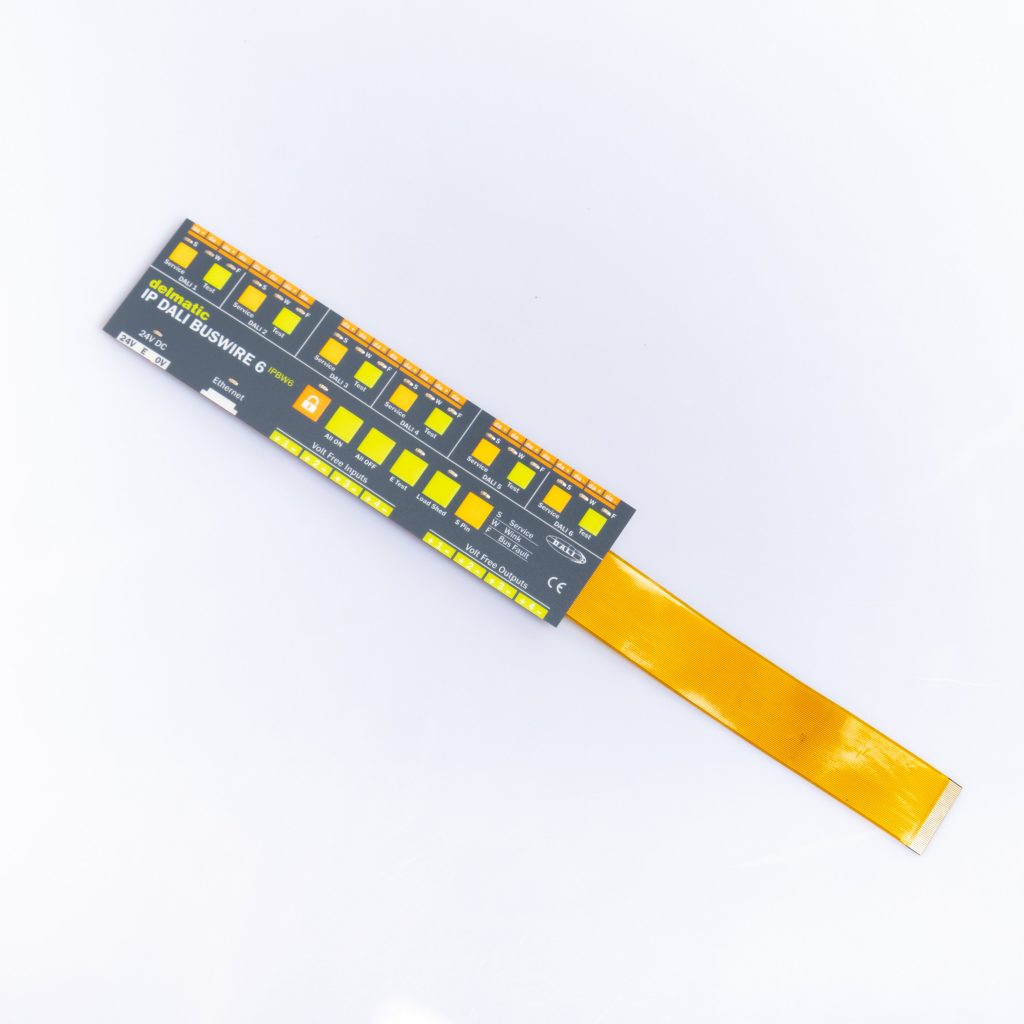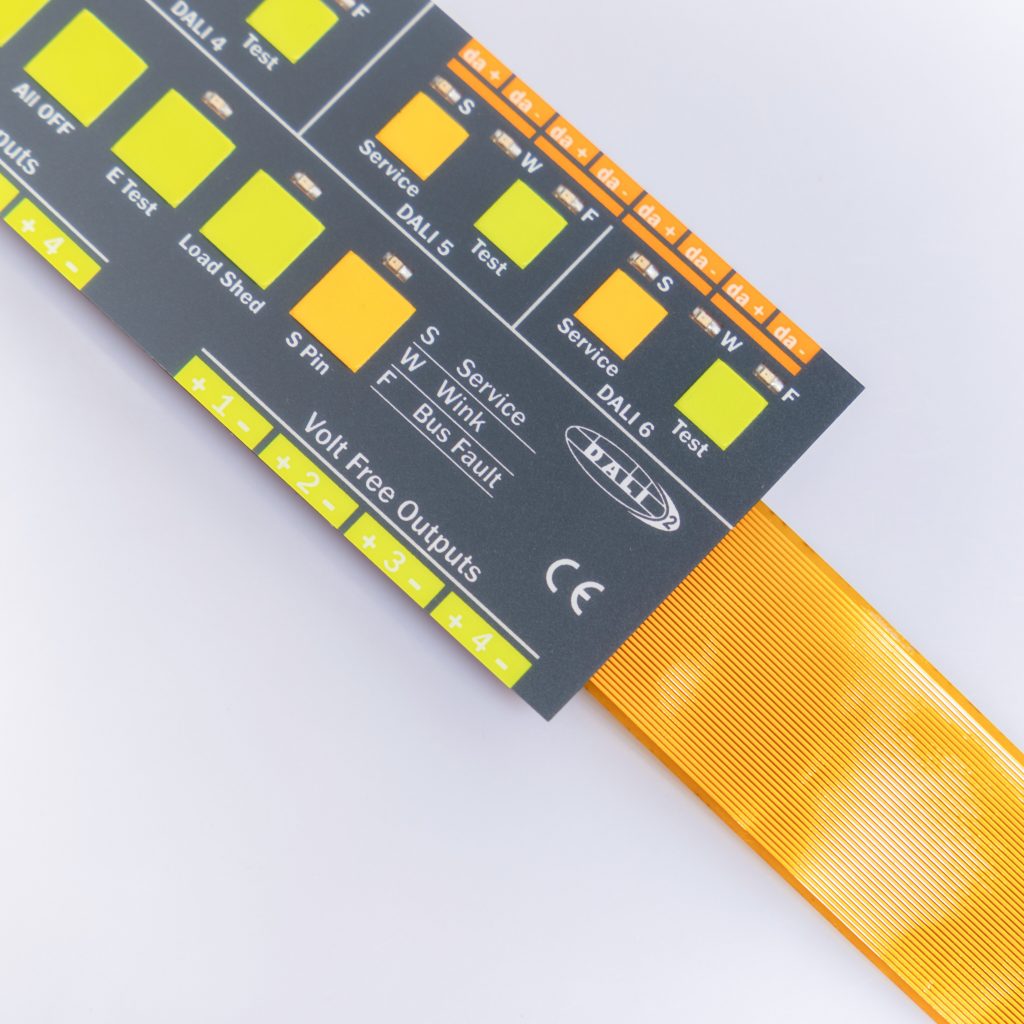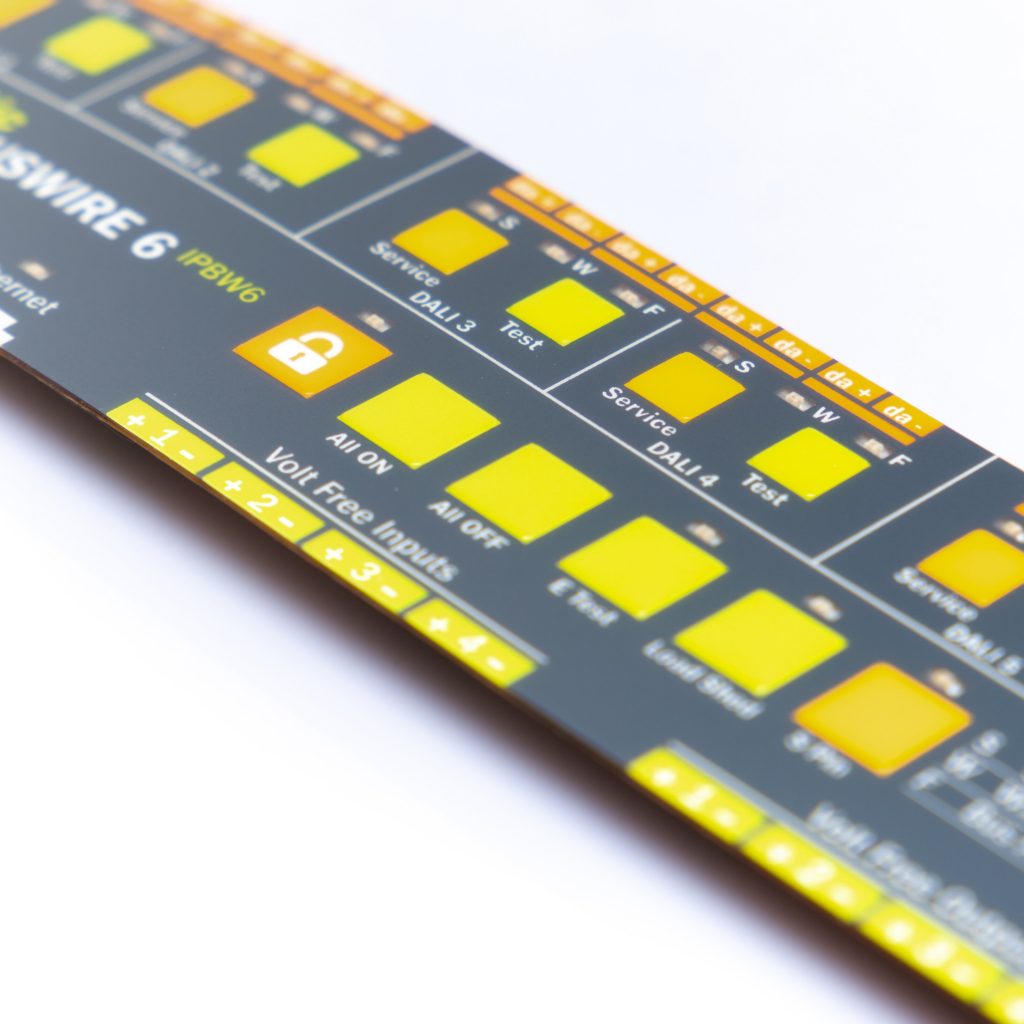Contact
Write to Us And We Would Be Happy to Advise You.
Do you have any questions, or would you like to speak directly with a representative?
By hqt
Membrane switch technology has been revolutionizing the way we interact with electronic devices. From smartphones to medical equipment, membrane switches provide a user-friendly interface that enables efficient and precise control. In this article, we will delve into the development trend of membrane switch technology and explore its impact on various industries. So, let’s dive in and discover the fascinating world of membrane switch technology.



Membrane switch technology has come a long way since its inception. Let’s take a look at its evolution and the key milestones that have shaped its development.
Early Days: Introduction of Membrane Switches
In the early days, membrane switches were introduced as an alternative to traditional mechanical switches. They offered a more compact and lightweight solution for electronic devices. The first membrane switches consisted of a flexible layer with printed conductive traces, allowing users to activate functions by pressing on specific areas.
Integration of Touch Sensitivity
As technology progressed, membrane switches evolved to incorporate touch sensitivity. This advancement paved the way for touch-sensitive interfaces, enabling more intuitive and interactive user experiences. With touch-sensitive membrane switches, users can navigate through menus, zoom in on images, and perform various actions with a simple touch.
Introduction of Backlighting
To enhance visibility in low-light conditions, backlighting was introduced in membrane switches. This feature revolutionized the usability of devices, making them more accessible and functional in various environments. Backlighting not only improved visibility but also added a visually appealing element to the overall design.
Introduction of Tactile Feedback
One of the key developments in membrane switch technology was the integration of tactile feedback. Tactile feedback provides users with a physical response when pressing a button, simulating the feel of a mechanical switch. This advancement significantly improved user experience by providing a satisfying and reassuring interaction.
Integration of Advanced Materials
With advancements in materials science, the membrane switch industry witnessed the introduction of advanced materials. These materials enhanced the durability, flexibility, and overall performance of membrane switches. From polyesters to polycarbonates, the incorporation of these materials resulted in more robust and reliable membrane switches.
Integration with IoT and Wireless Connectivity
As the Internet of Things (IoT) gained momentum, membrane switches found new applications in connected devices. The integration of wireless connectivity capabilities enabled seamless communication between devices, expanding the possibilities of membrane switch technology. Today, membrane switches are utilized in smart home systems, industrial automation, and medical devices, to name a few.
Membrane switch technology has made a significant impact across various industries. Let’s explore how this technology has transformed specific sectors.
Healthcare Industry
In the healthcare industry, membrane switches have played a vital role in medical equipment and devices. They provide a hygienic and easy-to-clean interface, making them ideal for use in sterile environments. Membrane switches are used in devices such as patient monitors, infusion pumps, and diagnostic equipment, enabling healthcare professionals to deliver better patient care.
Automotive Industry
The automotive industry has also benefited from membrane switch technology. Membrane switches are commonly used in vehicle control panels, allowing drivers to operate various functions with ease and precision. With the integration of advanced materials and backlighting, membrane switches enhance safety and improve the overall driving experience.
Consumer Electronics
From smartphones to home appliances, membrane switches are ubiquitous in the consumer electronics industry. The slim and sleek design of membrane switches complements modern devices, offering a seamless user interface. Their durability and resistance to wear and tear make them ideal for everyday use.
Industrial Applications
In industrial settings, membrane switches are widely used for human-machine interfaces (HMIs). They enable operators to control machinery and monitor processes with precision and efficiency. The robust nature of membrane switches allows them to withstand harsh conditions, including temperature extremes and exposure to chemicals.
Now, let’s address some frequently asked questions about the development trend of membrane switch technology:
What are the advantages of membrane switch technology?
Membrane switch technology offers several advantages, including:
How does backlighting enhance membrane switch functionality?
Backlighting improves visibility in low-light conditions, allowing users to operate devices effectively. It also adds an aesthetic appeal to the design, enhancing the overall user experience.
Can membrane switches be used in outdoor environments?
Yes, membrane switches can be designed to withstand outdoor environments. By utilizing materials with UV resistance and sealing techniques, membrane switches can withstand exposure to sunlight, rain, and other outdoor elements.
Is it possible to integrate membrane switches with wireless connectivity?
Absolutely! With advancements in wireless technology, membrane switches can be seamlessly integrated with wireless connectivity modules. This enables communication between devices, providing new possibilities for remote control and monitoring.
Are membrane switches environmentally friendly?
Yes, membrane switches are considered environmentally friendly. They are made from recyclable materials and have a longer lifespan compared to traditional mechanical switches, reducing electronic waste.
What does the future hold for membrane switch technology?
The future of membrane switch technology looks promising. Advancements in materials, touch sensitivity, and wireless connectivity will continue to drive innovation. We can expect even more compact, durable, and versatile membrane switches in the coming years.
Membrane switch technology has undoubtedly transformed the way we interact with electronic devices. Its evolution has led to the development of more intuitive, functional, and reliable interfaces. From healthcare to automotive and consumer electronics to industrial applications, membrane switches have found their place in various industries, providing enhanced user experiences and improved efficiency. As technology continues to advance, we can expect exciting developments and innovations in the field of membrane switch technology.
Do you have any questions, or would you like to speak directly with a representative?